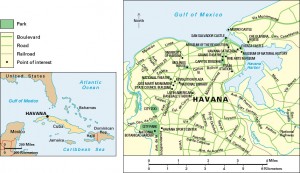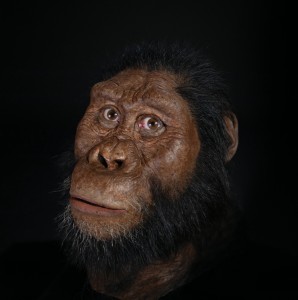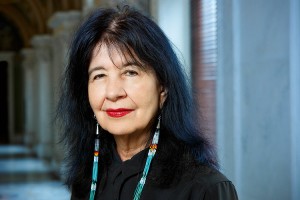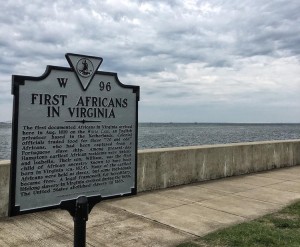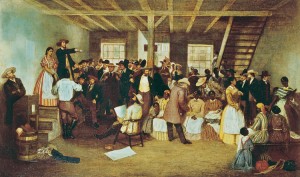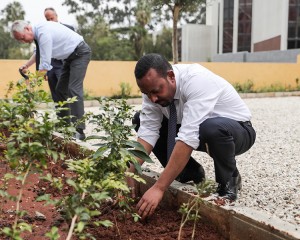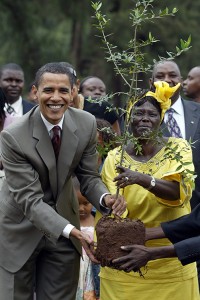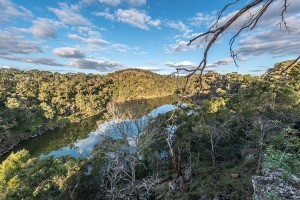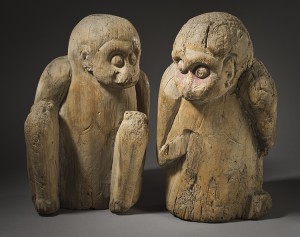Havana 500
Friday, November 15th, 2019November 15, 2019
Tomorrow, November 16, is the 500th anniversary of the founding of Havana, the capital, chief port, and largest city of the Caribbean Island nation of Cuba. Havana lies on the island’s northwest coast, about 100 miles (160 kilometers) south of Key West, Florida. Havana’s name in Spanish, the language of Cuba, is La Habana.
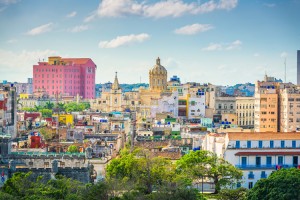
Havana, Cuba’s capital and largest city, turns 500 years old on Nov. 16, 2019. Credit: © Sean Pavone, Shutterstock
To prepare for Havana’s 500th birthday, city officials renovated El Capitolio (Cuba’s National Capital Building), the Castillo de los Tres Reyes Magos del Morro (Castle of the Three Wise Men of the Wall), and many other historic structures of the Old Havana city center. A series of anniversary concerts and performances are taking place at the city’s Gran Teatro (Grand National Theater). The city also gave a fresh coat of paint and installed new baseball-themed decorations in the barrio azul (blue neighborhood), the area surrounding Cerro Latinoamericano Stadium, home of the city’s beloved royal-blue clad team, los Industriales (the Industrialists).
Diego Velázquez de Cuéllar, the first Spanish governor of Cuba, founded San Cristóbal de la Habana on the island’s south coast in 1515. The city failed to flourish, however, probably because of pirate attacks, and Velázquez reestablished the city as Puerto de Carenas on the island’s northwest coast on Nov. 16, 1519. The city soon regained its earlier name, shortened to La Habana. The city’s location and its harbor attracted many trading ships. Havana soon developed into an important commercial center. Havana became the capital of Cuba in 1552. The city steadily grew over the years and also withstood attacks from pirates and invading armies.

A street scene in Havana, Cuba’s capital, features colorful buildings and old-fashioned cars. Credit: © Shutterstock
In the first half of the 1900’s, Havana was developed into a resort center, but many of its people lived in poverty. Since the Cuban Revolution of 1959, the city has been somewhat neglected, but Havana—particularly Old Havana—remains the heart of Cuban culture, government, and tourism.
Havana is one of three major Latin American cities that celebrated their 500th birthdays in 2019. Veracruz, Mexico, hit the 500 mark in April; and Panama City, the capital of Panama, turned 500 in August. The quincentenaries marked the founding of permanent European settlements in the New World shortly after the Spanish arrived in 1492.

